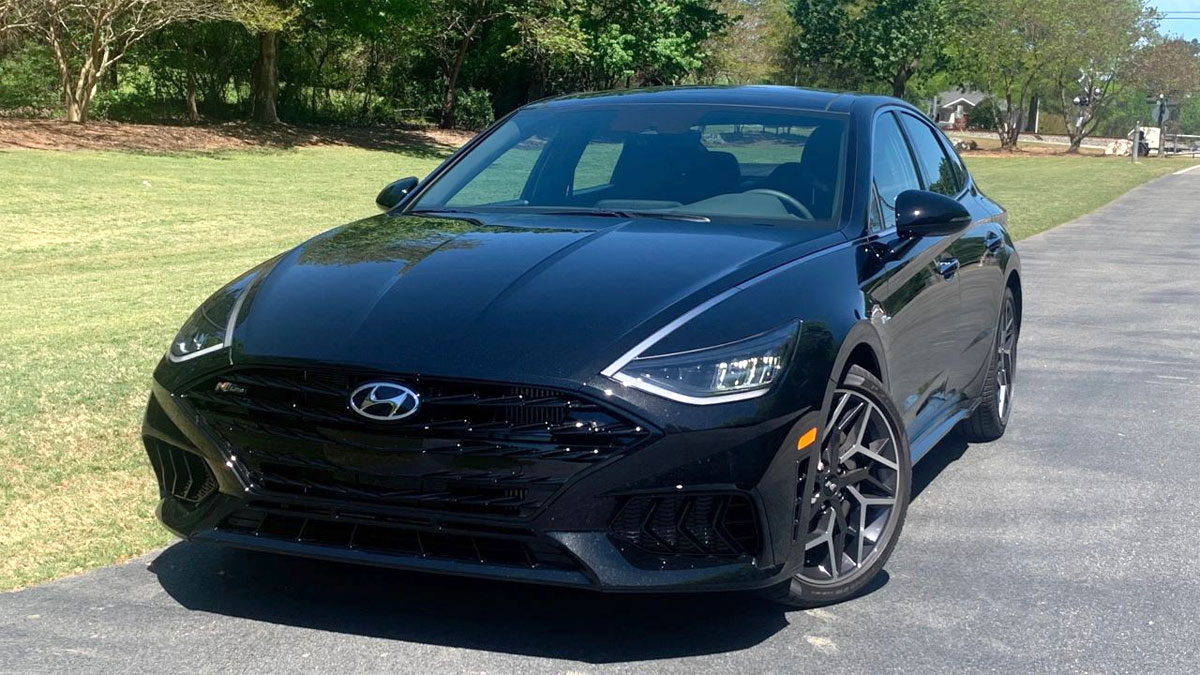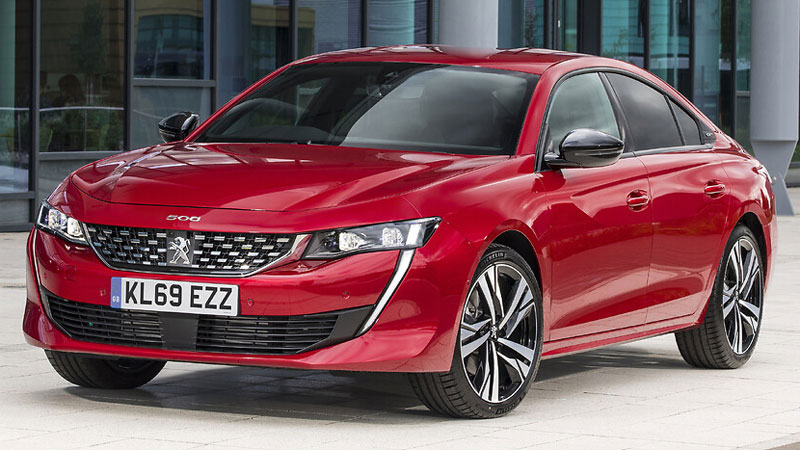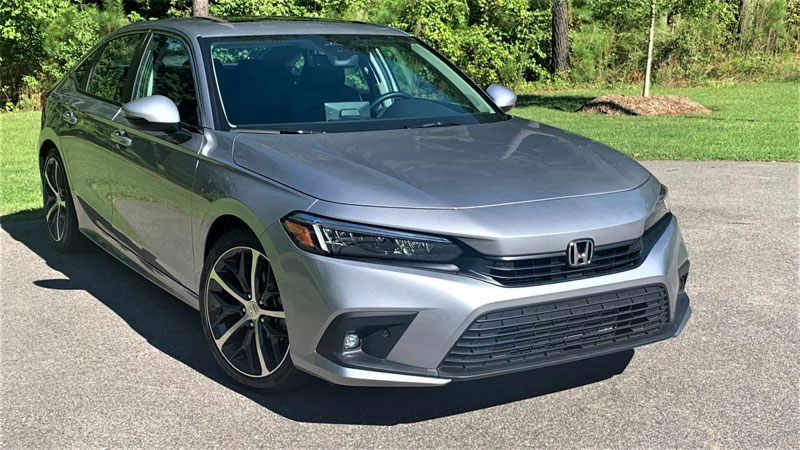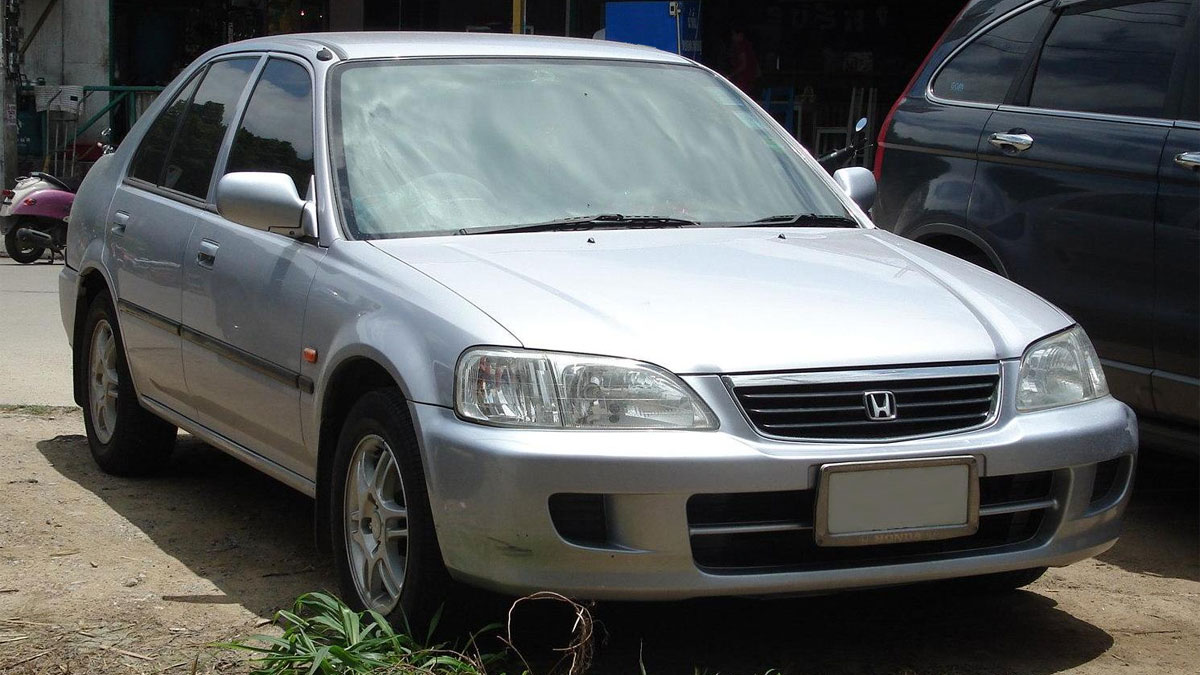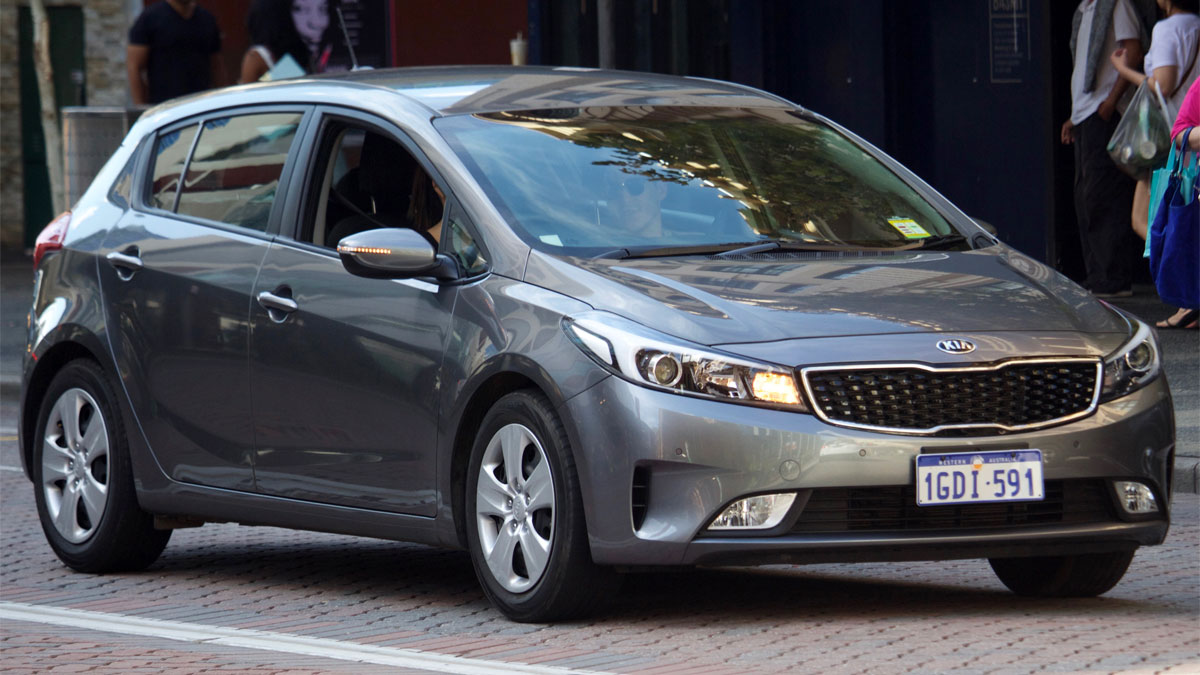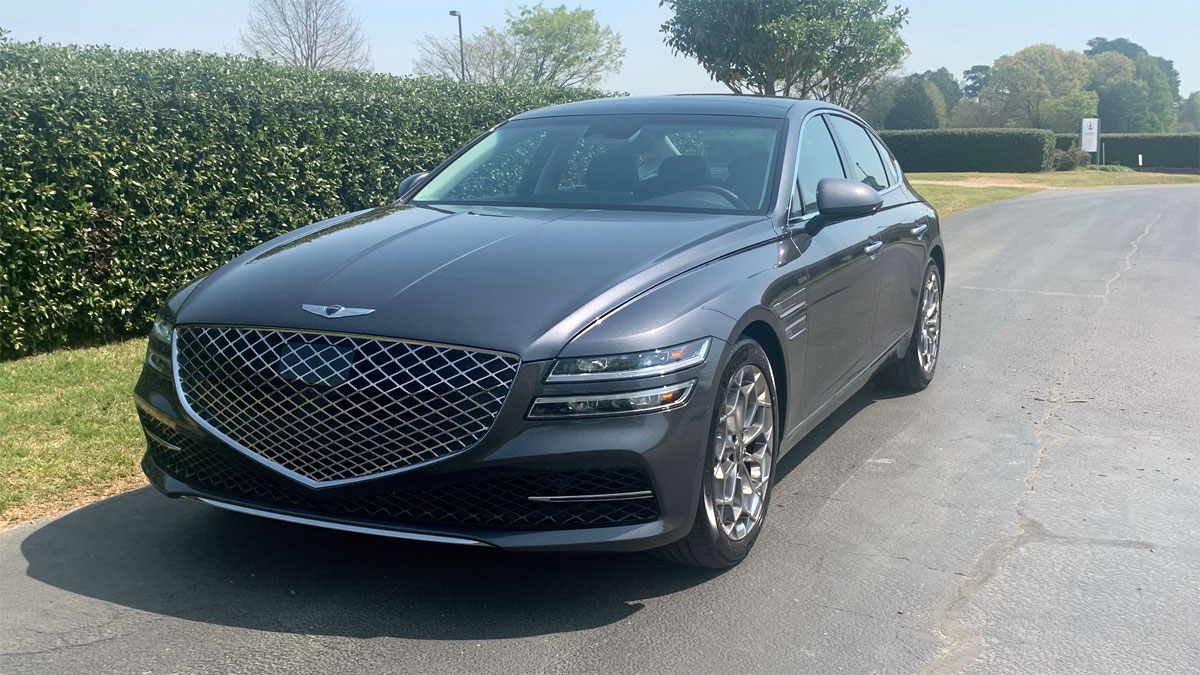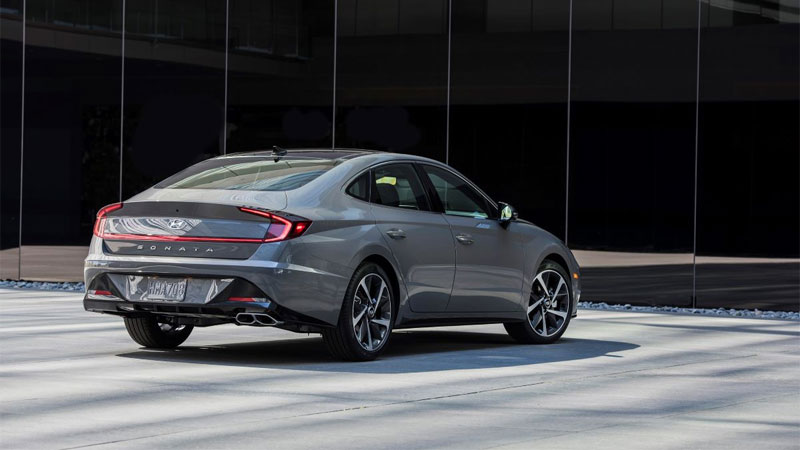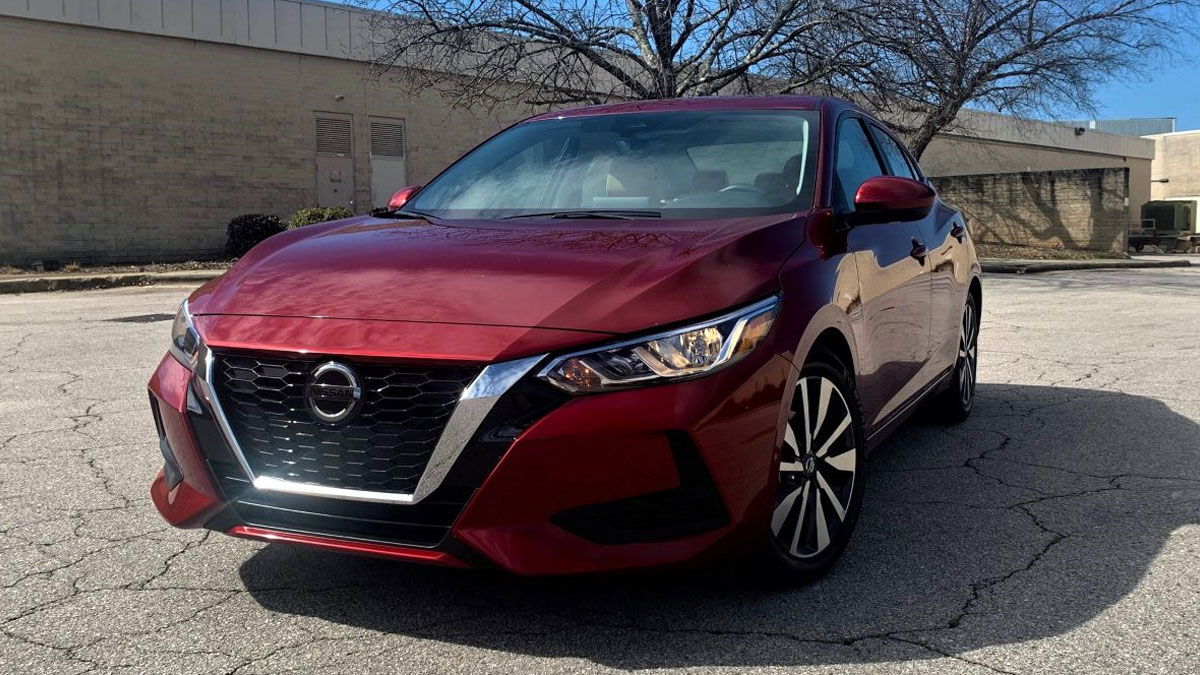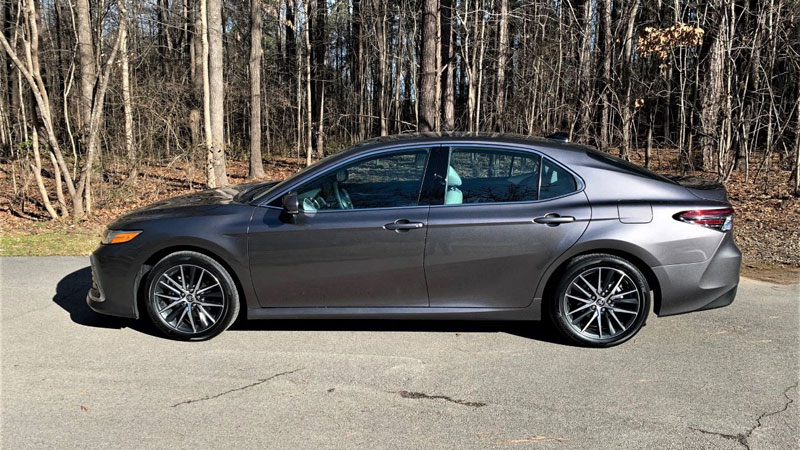2022 Hyundai Sonata N-Line: Sports Sedan Styling with a Punch
The Sonata N-Line showcases its performance chops. Are comfort and power mutually exclusive? Thankfully, no. We expect an extra bit of kick in grand tourers and of course in sports cars. But the midsize, mainstream sedan is usually geared toward efficiency and comfort than performance and drivability. Fortunately, some manufacturers … Read more

